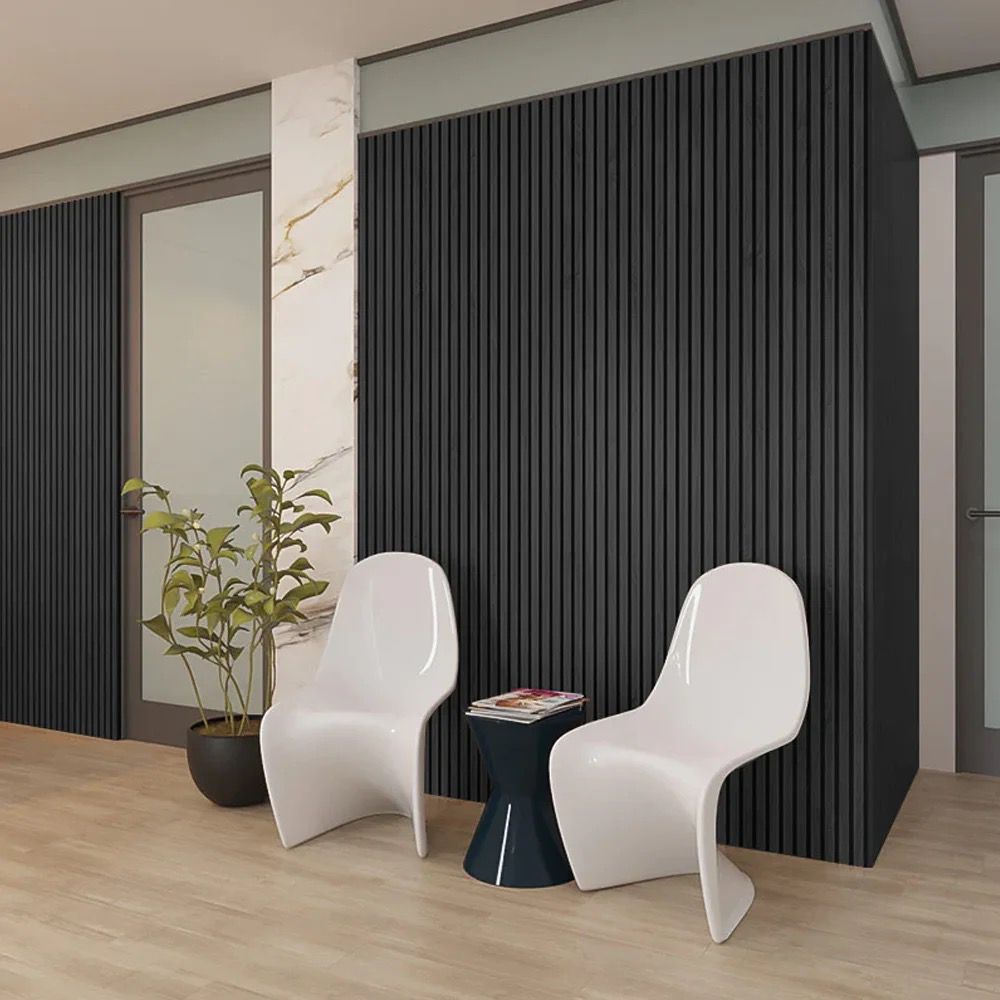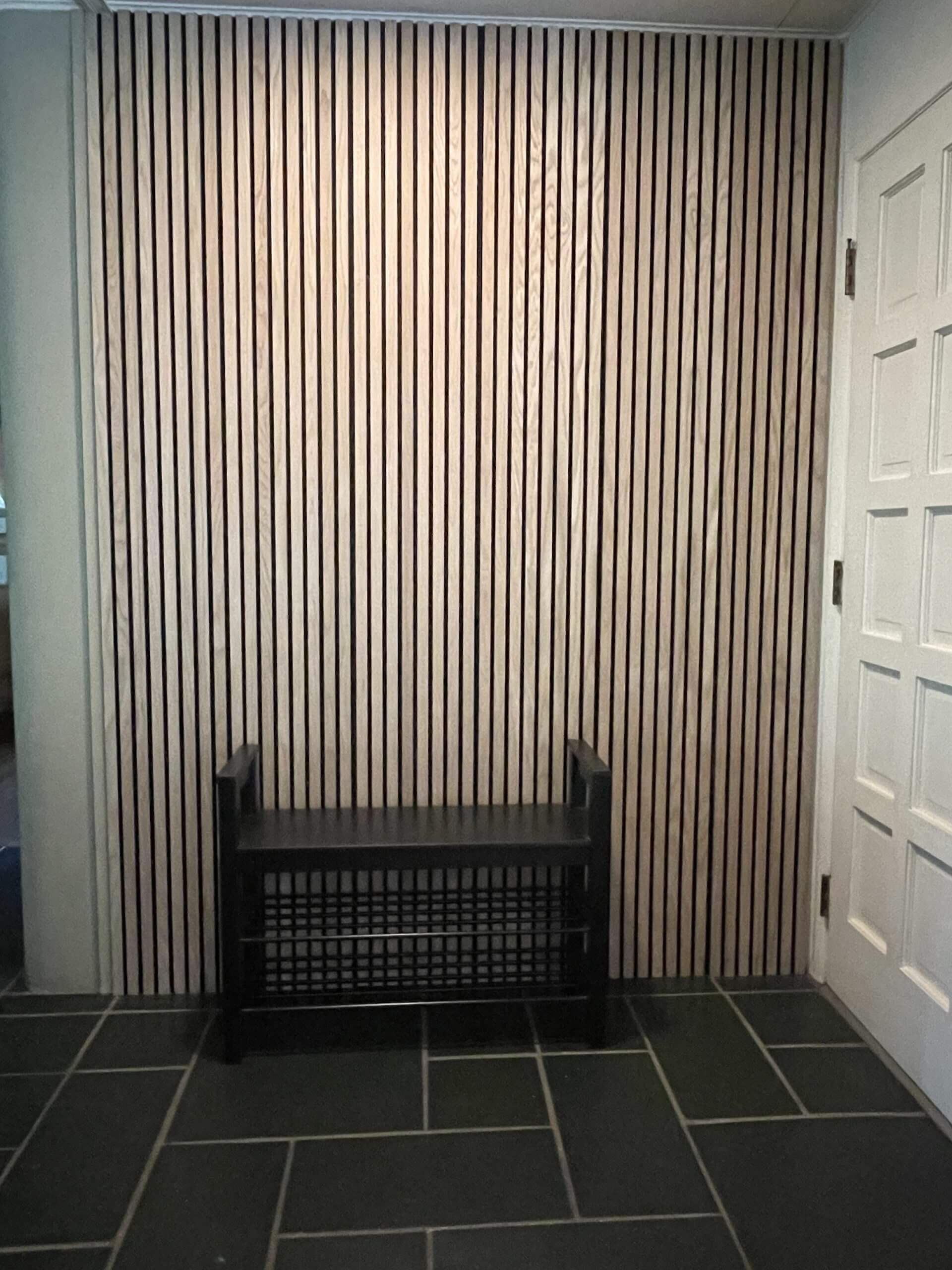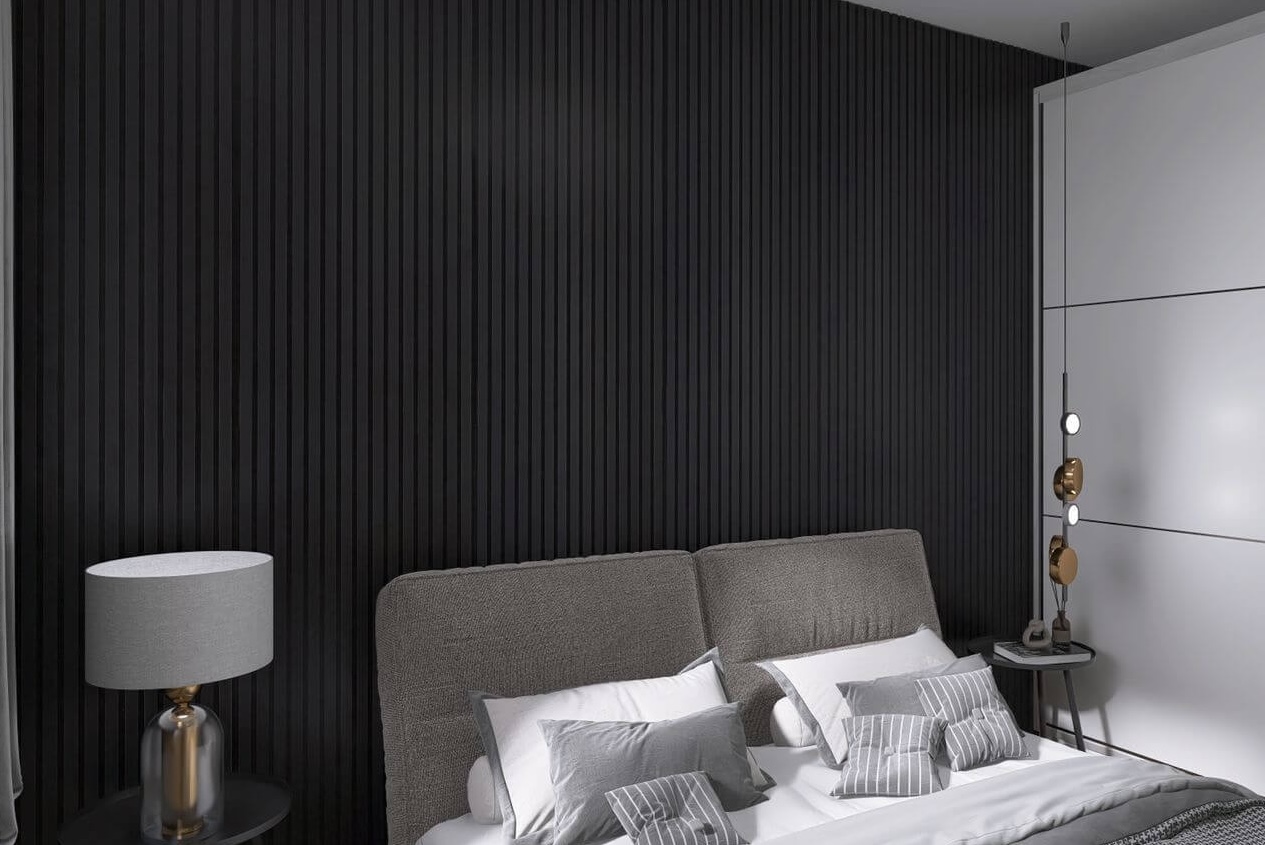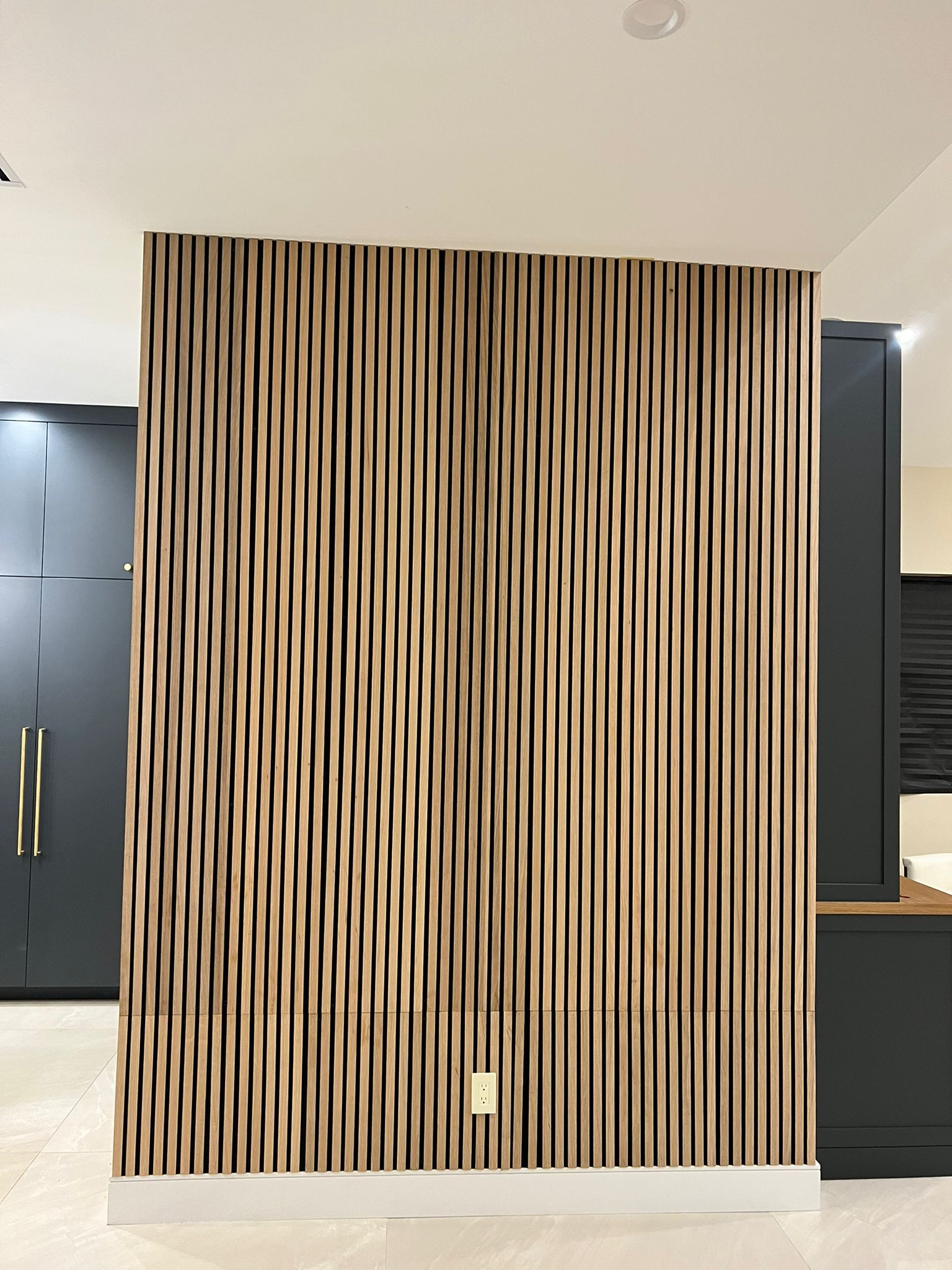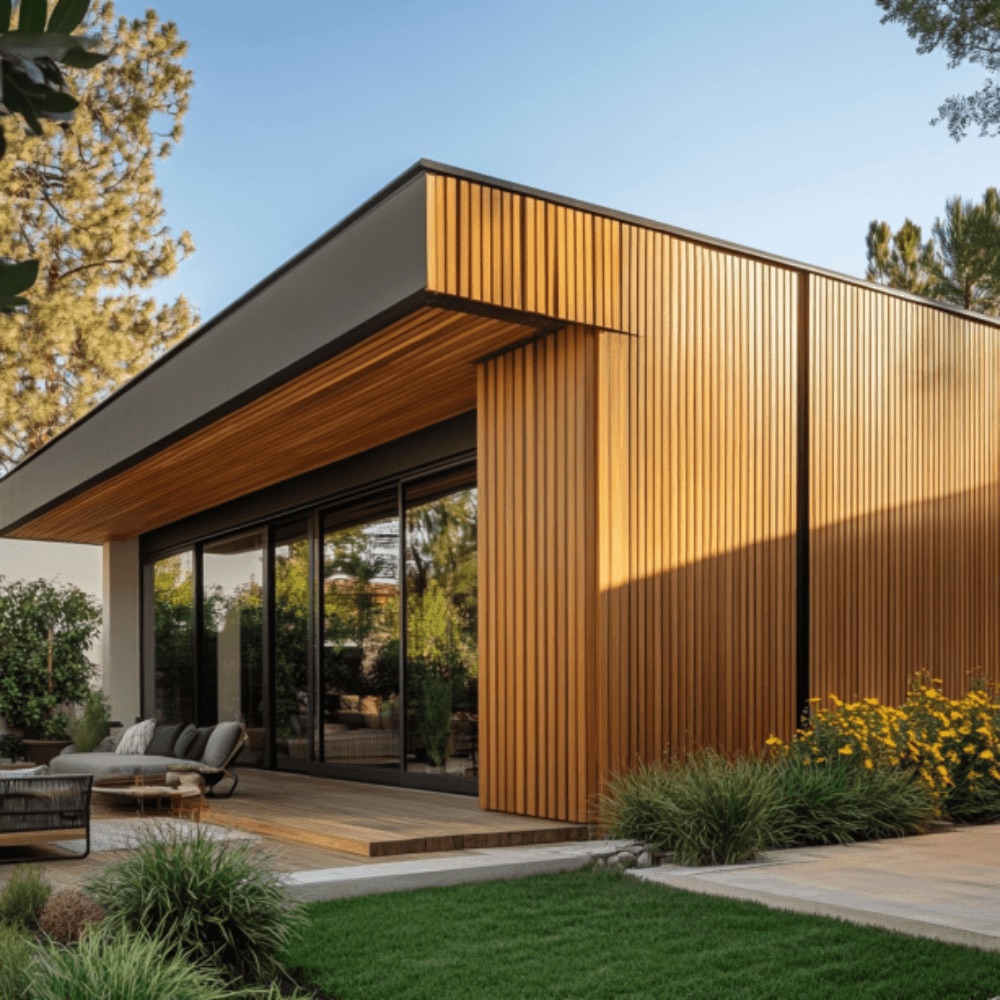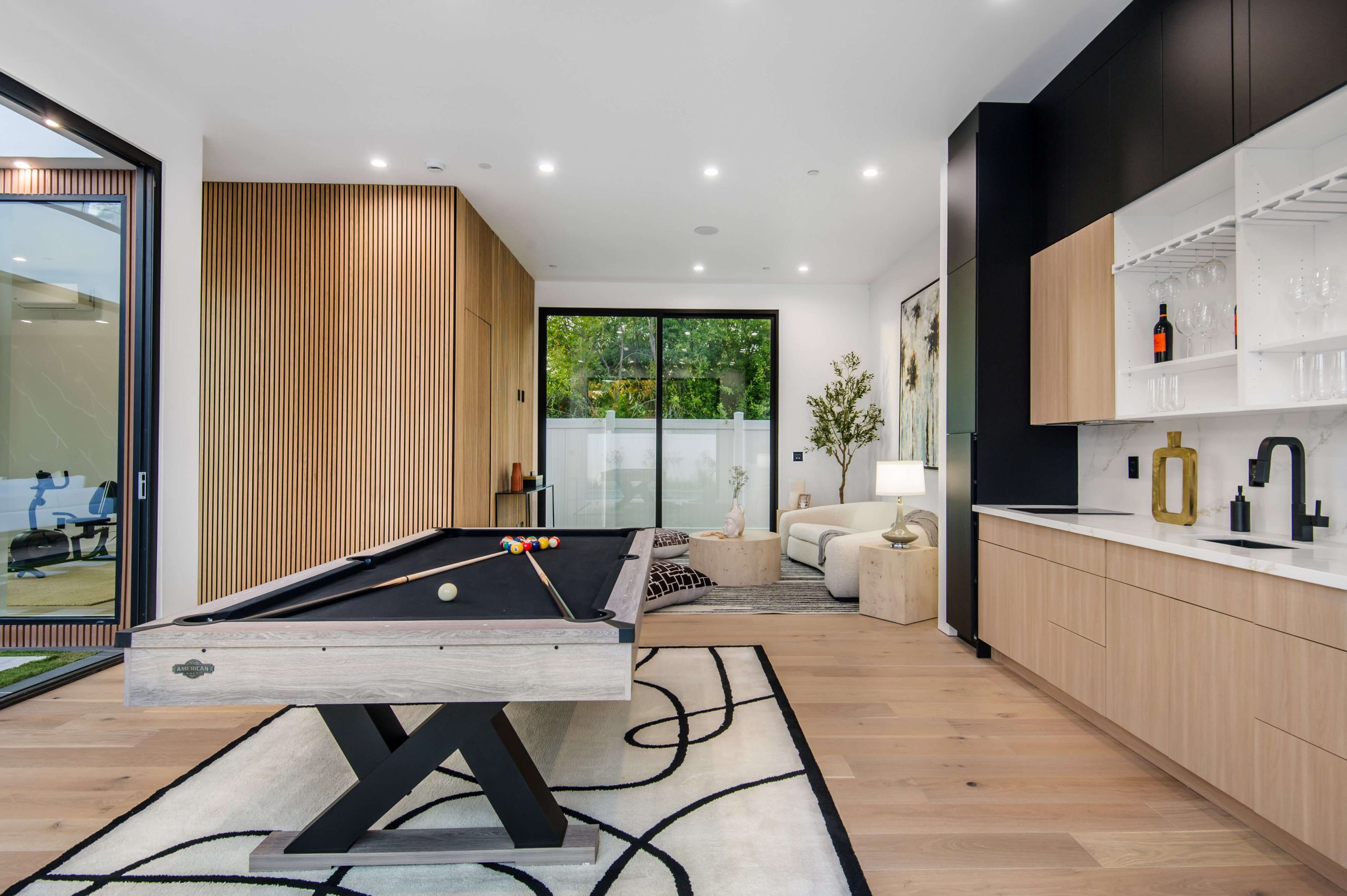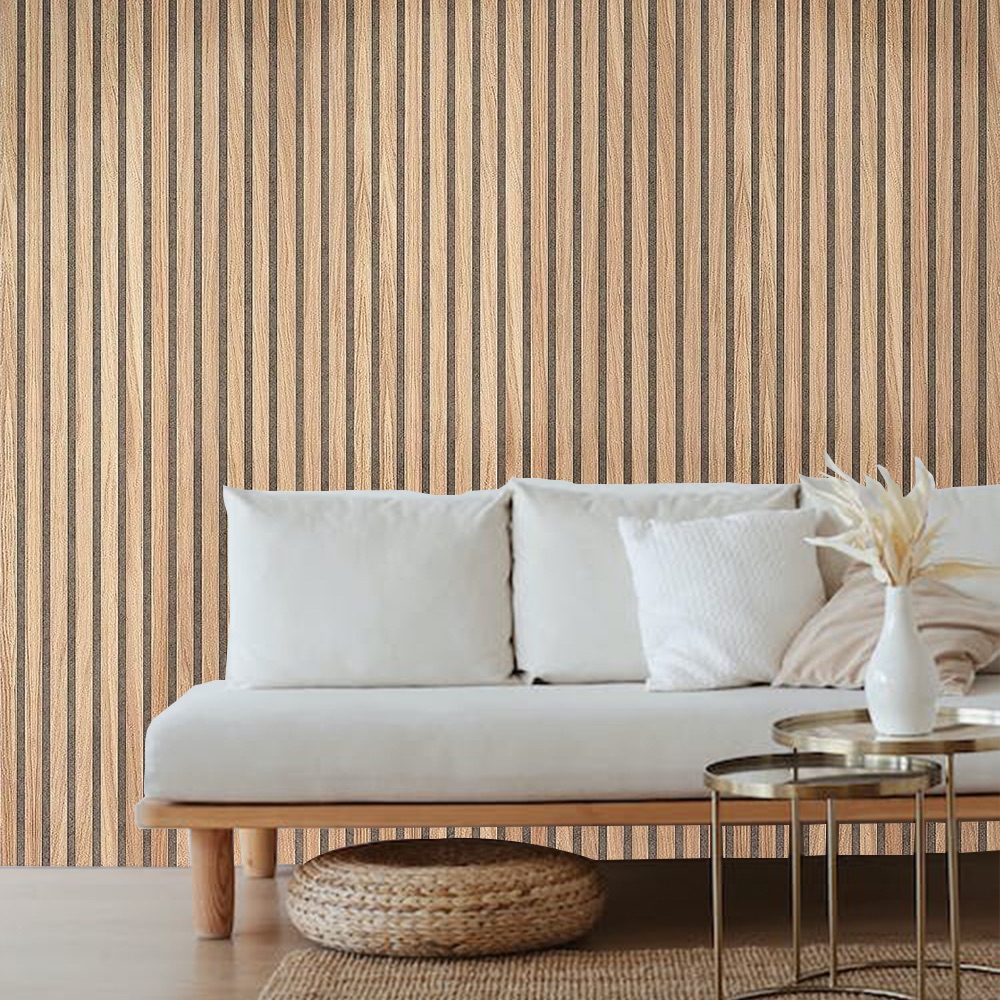Wood panel walls have long been a staple in interior design, offering warmth, texture, and an organic feel that no other material quite replicates. Whether you’re a homeowner seeking a cozy atmosphere or an interior designer looking for ways to enhance a space, wood panels are a timeless choice that brings a natural touch to interiors. From modern minimalist designs to rustic cabins, wood panel walls fit into almost any aesthetic, making them a go-to option for stylish and functional home transformations.
Table of Contents
Why Wood Panel Walls Are Making a Comeback
Over the years, wood panels have evolved from the dark, heavy aesthetics of the 1970s into sleek, versatile elements that suit contemporary spaces. Many homeowners and designers now prefer wood panel walls to bring a natural touch to interiors, thanks to their ability to create a warm, inviting ambiance. Advances in materials and finishes have also made wood panels more accessible, durable, and easier to install.
Here’s why they are trending again:
- Sustainability – Many wood panels are sourced from responsibly managed forests or are made from reclaimed wood, making them an eco-friendly choice.
- Aesthetic Versatility – Available in various styles, from shiplap to slatted panels, wood adapts to modern, traditional, and rustic designs.
- Easy Maintenance – Unlike wallpaper or painted walls that require frequent touch-ups, wood panels are durable and age beautifully over time.
- Improved Acoustics – Wood panels naturally absorb sound, making them ideal for home offices, music rooms, and living spaces.
Choosing the Right Wood Panel Style for Your Space
Wood panels come in various designs, each with unique characteristics that define the overall look and feel of a space. Choosing the right style is crucial when trying to bring a natural touch to interiors.
Shiplap Panels
Shiplap is one of the most popular wood panel styles, known for its horizontal planks with small gaps between them. It’s commonly used in farmhouse-style homes but also works well in modern settings when painted in neutral tones.
Vertical Wood Panels
A fantastic option for making ceilings appear taller, vertical wood panels add height and sophistication to a room. They work well in small spaces, giving an illusion of a more expansive area.
Slatted Wood Panels
These panels feature narrow wooden slats arranged in a structured pattern, often used for accent walls or modern partition designs. Slatted panels enhance airflow while adding depth and texture.
Reclaimed Wood Panels
For a rustic and eco-conscious approach, reclaimed wood panels offer character and history. Each panel tells a story with its natural imperfections, knots, and grain variations.
Beadboard Panels
Characterized by evenly spaced grooves, beadboard panels provide a classic and timeless look. They are commonly used in cottage or coastal-themed interiors.
Where to Use Wood Panel Walls
Wood panel walls are incredibly versatile and can be applied to almost any room in the home. Whether you want to create a cozy retreat in the bedroom or a striking feature wall in the living room, these panels bring a natural touch to interiors in various ways.
- Living Room Accent Wall – A wood-paneled feature wall behind the sofa or TV creates a stunning focal point.
- Bedroom Headboard Alternative – Instead of a traditional headboard, consider a wooden accent wall behind the bed for a warm and inviting look.
- Hallway Enhancements – Add vertical wood panels to a hallway to make a narrow space feel grander and more elegant.
- Kitchen Backsplash – Use wood panels in kitchens to add a rustic or modern touch, ensuring they are sealed properly to resist moisture.
- Bathroom Spa Effect – Moisture-resistant wood panels can bring a luxurious spa-like atmosphere to bathrooms.
Installation: DIY vs. Professional
Installing wood panel walls can be a rewarding DIY project, but it’s essential to know when professional installation is the better option.
DIY Installation
- Ideal for peel-and-stick or lightweight wood panels.
- Requires basic tools like a level, measuring tape, and adhesive.
- Best suited for small areas like accent walls or home offices.
Professional Installation
- Recommended for heavy, solid wood panels or custom designs.
- Ensures precise cutting, alignment, and seamless integration.
- Saves time and prevents costly mistakes, especially in large spaces.
Maintenance and Care for Longevity
Proper care ensures wood panel walls stay beautiful and durable for years. Since wood is a natural material, it requires some upkeep to maintain its texture and finish.
- Regular Dusting – Use a microfiber cloth to remove dust and prevent buildup in grooves.
- Avoid Excess Moisture – While some panels are moisture-resistant, prolonged exposure can cause warping.
- Apply Protective Coating – Sealing wood with a clear coat enhances durability and protects against stains.
- Use Natural Cleaners – A mixture of water and mild soap works best for cleaning without damaging the wood finish.
Common Wood Panel Types and Their Uses
| Wood Panel Type | Best Used In | Unique Benefit |
|---|---|---|
| Shiplap | Living rooms, bedrooms | Adds a modern farmhouse feel |
| Vertical Panels | Hallways, small rooms | Makes ceilings look taller |
| Slatted Panels | Offices, modern interiors | Enhances airflow and aesthetics |
| Reclaimed Wood | Rustic homes, feature walls | Offers eco-friendly charm |
| Beadboard | Bathrooms, kitchens | Provides a classic cottage vibe |
Final Thoughts
Wood panel walls are a fantastic way to bring a natural touch to interiors, making any space feel warm, stylish, and inviting. Whether you opt for shiplap, slatted, or reclaimed wood, each style offers a unique way to elevate home decor. With proper installation and maintenance, wood panels can transform any room into a cozy, elegant retreat that lasts for years.
FAQ
1. Are wood panel walls expensive?
The cost depends on the type of wood and installation method. Reclaimed wood tends to be pricier, while MDF panels are more budget-friendly.
2. Can I install wood panels over existing walls?
Yes, as long as the surface is clean and even. Some panels require additional adhesive or nails for stability.
3. What is the best wood for panel walls?
It depends on the style and function. Pine, oak, and cedar are popular choices for their durability and natural aesthetics.
4. Do wood panels work in humid areas like bathrooms?
Yes, but it’s best to use moisture-resistant panels and apply a protective sealant.
5. How do I remove wood panels if I want to change my decor?
Most panels can be pried off with minimal wall damage. Adhesive-mounted panels may require additional effort to remove.
By integrating wood panel walls into your home, you can create a timeless and nature-inspired space that feels warm and inviting. Whether for aesthetics, acoustics, or sustainability, wood panels offer endless possibilities to enhance interiors effortlessly.

